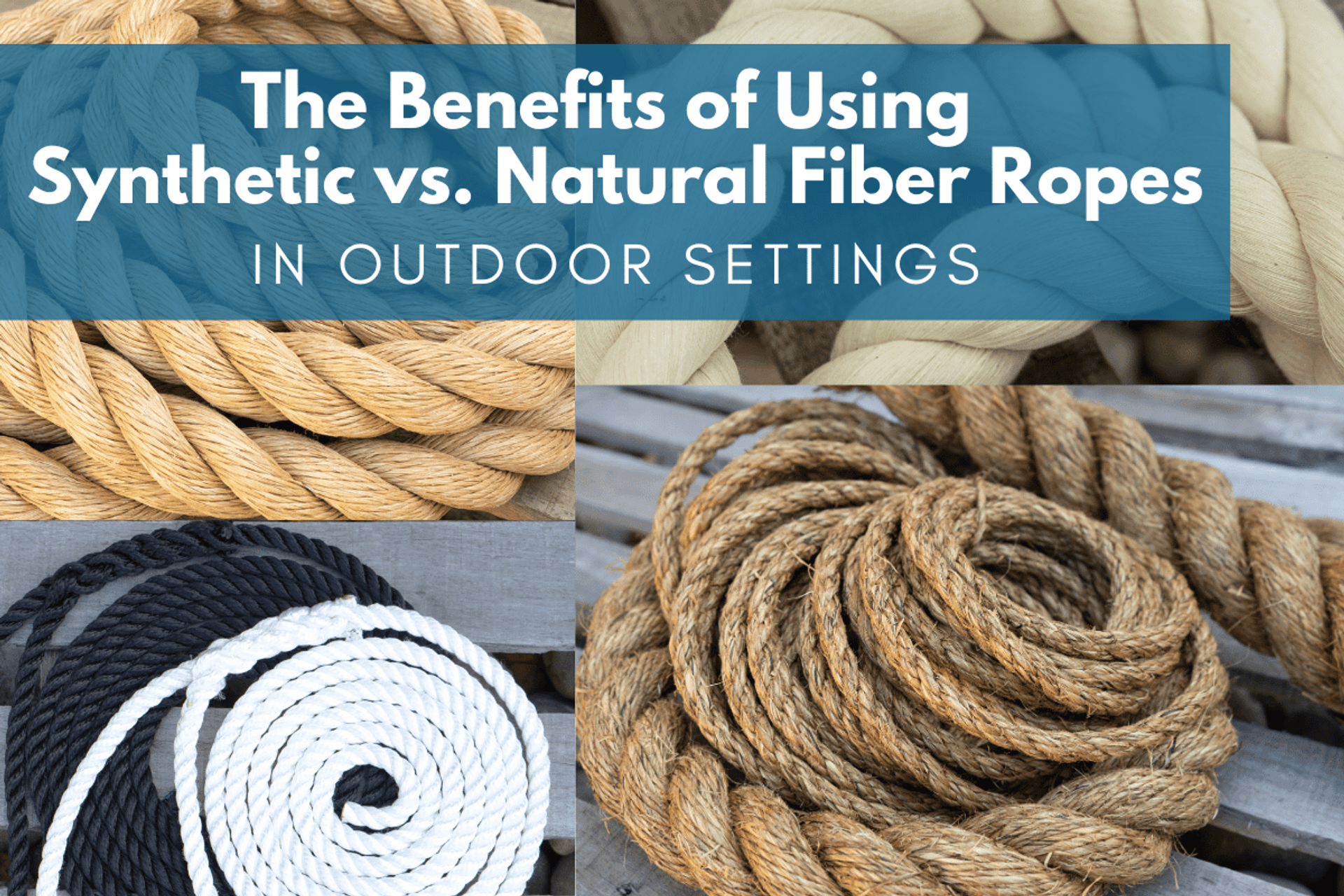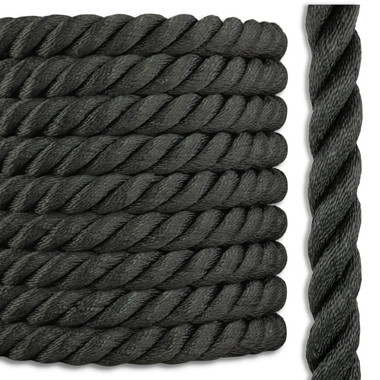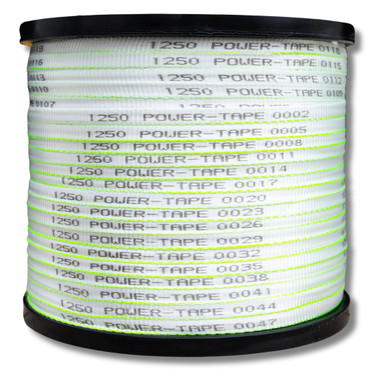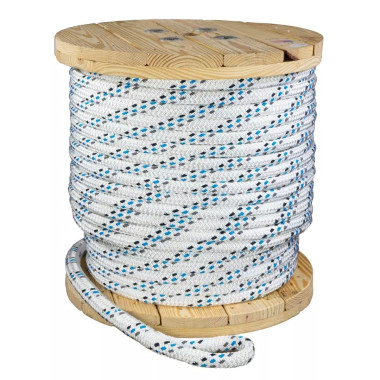The Benefits of Using Synthetic vs. Natural Fiber Ropes in Outdoor Settings
Estimated 0 min read
When it comes to outdoor work or play, the rope you choose can make all the difference. Whether you're securing a load, building a backyard swing, or tackling a landscaping project, selecting the right type of rope is crucial for safety, durability, and overall performance. In this blog, we’ll dive into the benefits of synthetic and natural fiber ropes, breaking down their strengths and best uses so you can make an informed decision.
Understanding Rope Basics
Before we get into specifics, let’s lay some groundwork. Ropes are generally made from two categories of materials:
- Natural fibers, like sisal, manila, and cotton.
- Synthetic fibers, like nylon, polyester, and promanila (a synthetic alternative to natural manila).
Each has its unique advantages, and the best choice often depends on your specific needs. Let’s break it down.
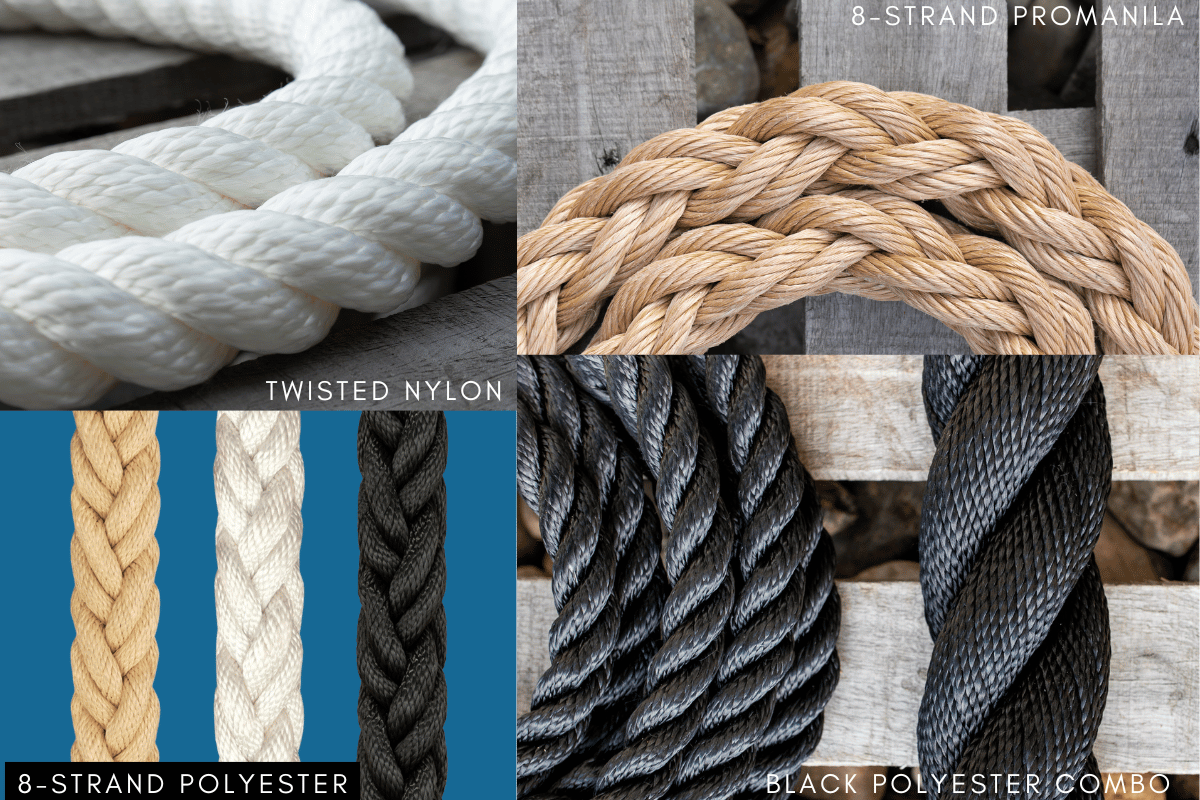
The Case for Synthetic Ropes
Synthetic ropes are engineered to withstand the demands of modern life. Here are some of the standout benefits:
1. Superior Strength
Synthetic ropes, such as nylon and polyester, offer incredible tensile strength. If you’re hauling heavy loads, securing equipment, or tackling tough outdoor tasks, synthetic ropes outperform natural fibers every time.
- Nylon Rope: Known for its elasticity and shock absorption, nylon is perfect for dynamic uses like towing, climbing, or anchor lines. Its ability to stretch under pressure makes it ideal for absorbing sudden jolts.
- Polyester Rope: While not as stretchy as nylon, polyester is highly resistant to UV rays, abrasion, and moisture. This makes it a top choice for outdoor settings where longevity and strength are key.
- Promanila Rope: If you love the classic look of manila but need something more durable and weather-resistant, promanila is your go-to. It’s made from polypropylene but mimics the appearance of natural manila.
2. Weather Resistance
Outdoor environments are tough on materials, and ropes are no exception. Synthetic ropes shine in harsh conditions:
- They resist rot, mildew, and mold, even when exposed to prolonged moisture.
- They hold up against UV degradation, making them ideal for sunny environments.
- Unlike natural ropes, they don’t stiffen or weaken significantly when wet.
3. Lightweight and Easy to Handle
Synthetic ropes are lighter than their natural counterparts, making them easier to transport and handle—a huge bonus if you’re on the move or working in remote locations.
4. Versatility
From marine applications to tree work, synthetic ropes are built to perform in a wide range of settings. Whether you’re rigging a sailboat or tying down a tarp, synthetic options have you covered.
How Synthetic Ropes Are Made
The production of synthetic ropes involves advanced manufacturing techniques that ensure durability, strength, and resistance to environmental stressors. Here’s a quick overview of how the most popular synthetic ropes are made:
- Nylon Rope: Nylon fibers are created through a polymerization process that combines specific chemical compounds. The resulting material is melted, extruded into long filaments, and then cooled. These filaments are twisted or braided to create a rope that is both strong and elastic.
- Polyester Rope: Polyester is made from polyethylene terephthalate (PET), a type of plastic. The PET is melted and extruded into fibers, which are then drawn out to increase strength and flexibility. These fibers are woven or twisted into ropes that are resistant to UV damage and abrasion.
- Promanila Rope: Promanila is crafted from polypropylene, a synthetic resin. Polypropylene pellets are melted and spun into fibers. These fibers are then twisted or braided to replicate the look and feel of natural manila rope while offering superior resistance to moisture and rot.
These processes ensure that synthetic ropes are consistent in quality, with properties tailored for demanding applications.
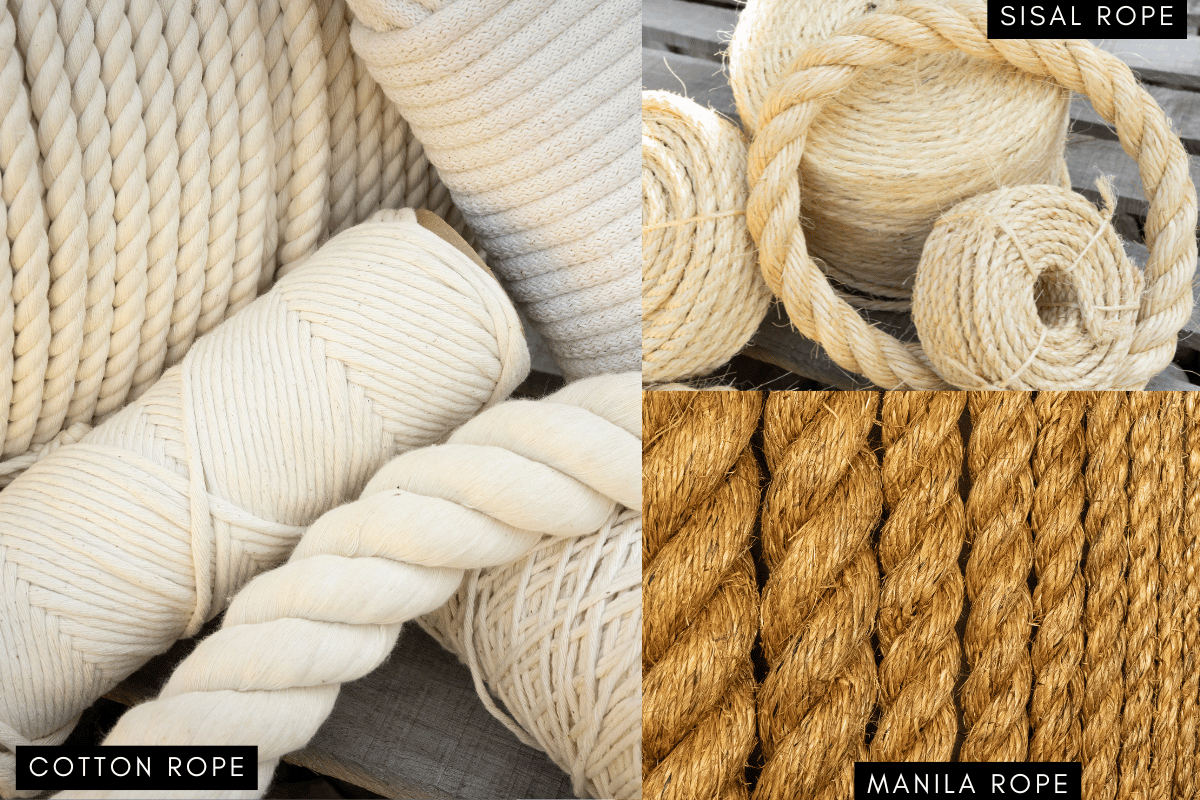
The Case for Natural Fiber Ropes
There’s something timeless about natural fiber ropes. While they might not boast the same technical specs as synthetics, they bring their own set of advantages.
1. Eco-Friendly Appeal
For those who prioritize sustainability, natural ropes like sisal, manila, and cotton are biodegradable and come from renewable resources. They’re a great choice for projects where environmental impact matters, like gardening or crafting.
- Sisal Rope: Made from the agave plant, sisal is durable and has excellent grip. It’s commonly used in agriculture, landscaping, and DIY projects.
- Manila Rope: Derived from the fibers of the abaca plant, manila rope is tough, flexible, and resistant to saltwater. It’s a favorite for nautical and outdoor decorative applications.
- Cotton Rope: Soft and pliable, cotton is perfect for lightweight tasks or where a gentler touch is needed, such as pet toys or decorative uses.
2. Aesthetic Appeal
Natural ropes have a rustic, organic look that synthetic ropes can’t quite replicate. For decorative purposes—like tying up a pergola, creating a rope railing, or building a swing—natural ropes often win out on style points.
3. Grip and Texture
Natural ropes offer excellent grip, even when wet. This makes them a reliable option for certain outdoor applications, like tug-of-war games, climbing ropes, or agricultural tasks.
Choosing the Right Rope for the Job
The type of rope you choose should depend on the specific demands of your project. Here are a few examples to guide you:
- Camping and Hiking: Nylon or polyester ropes are your best bet. They’re lightweight, durable, and can handle exposure to the elements.
- Gardening and Landscaping: Sisal and manila ropes are great for tying plants, securing fences, or crafting outdoor decor.
- Marine Applications: Go for polyester or promanila ropes. They resist saltwater corrosion and hold up well in wet conditions.
- DIY Projects: Natural cotton or sisal ropes add a decorative touch while still being functional.
- Heavy Lifting or Towing: Stick with nylon or polyester for their strength and reliability.
Tips for Rope Maintenance
To get the most out of your rope, proper care is essential:
- Store Properly: Keep your rope in a cool, dry place away from direct sunlight.
- Clean Regularly: Remove dirt and debris to prevent abrasion. Use mild soap and water for synthetic ropes.
- Inspect Often: Check for fraying, cuts, or other signs of wear before each use.
Final Thoughts
When it comes to outdoor settings, both synthetic and natural fiber ropes have their place. Synthetic ropes like nylon, polyester, and promanila are unmatched for strength, durability, and weather resistance. Meanwhile, natural fiber ropes like sisal, manila, and cotton bring eco-friendly benefits, classic aesthetics, and excellent grip to the table.
Ultimately, the best rope for you depends on your specific needs and preferences. Whether you’re tackling heavy-duty tasks or looking for a decorative touch, there’s a rope out there that’s perfect for the job. With the right choice and a little care, your rope will be a reliable tool for years to come.
